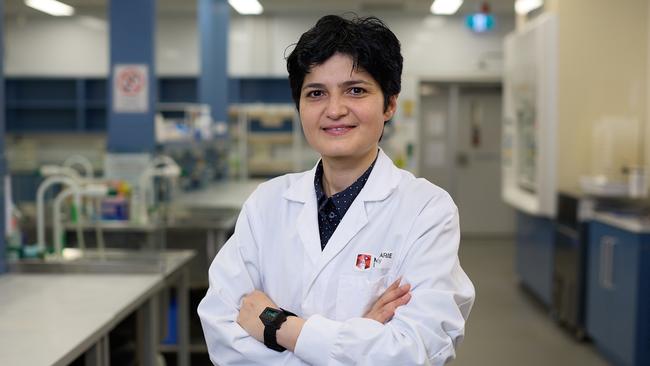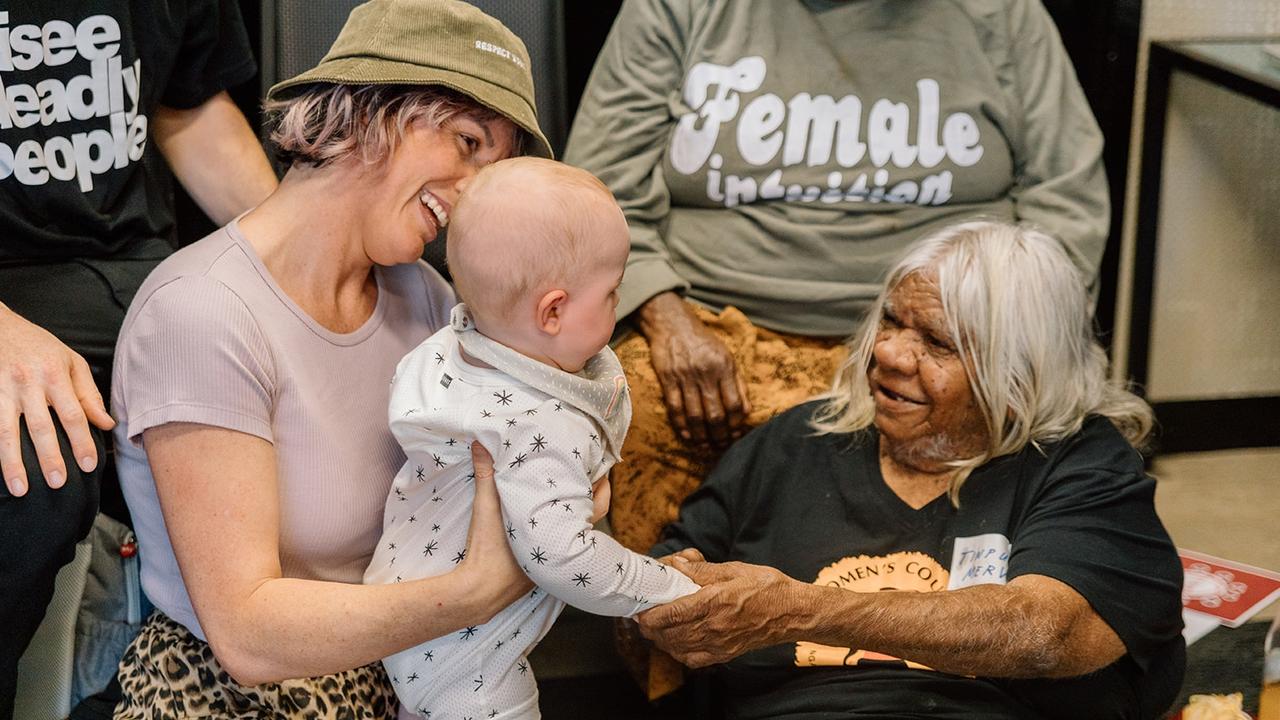Macquarie University’s Nano SunWatch guards against skin cancer
Macquarie University’s Noushin Nasiri developed a tiny sensor to measure sun exposure which is embedded in a wearable device.

Problem Solver Award Finalist Macquarie University
-
The Nano SunWatch – a guardian against skin cancer
-
Despite decades of “slip, slop, slap” messaging, Australia has the highest melanoma fatality rate in the world – a brutal consequence of long hot summers that surprised materials engineer Noushin Nasiri.
Nasiri came to Australia from Iran to begin an Australian government-supported doctoral scholarship 11 years ago, and she originally planned to develop a lightweight alloy for vehicle manufacture.
On her long Dubai-Sydney flight she sat next to an Australian who mostly dozed or watched videos. He woke up just before the plane landed. After asking her about her plans he rapidly dismissed her vehicle alloy ideas, saying that since Australian taxpayers were funding her scholarship her research should benefit Australians.
Struck by his comments – “a bit harsh, but brilliant” – Nasiri abandoned the alloy idea and began looking for a different doctoral research subject, soon landing on Australians’ overexposure to UV rays and the potentially fatal consequences. More than 2000 Australians die of skin cancer every year.
“It’s a beautiful country and people love spending time outdoors,” she says. “They’re exposed to UV and there’s no way you can measure how much UV has been absorbed by your skin.”
Nasiri thought she could develop a small sensor to measure a person’s UV exposure over a certain period and send an alert when the exposure reached a particular level – usually about 80 per cent of the acceptable exposure limit to give the user time get out of the sun.
Such a sensor had to be extremely sensitive, reliable and fast. Difficulties arose because Nasiri found that the smaller the prototype sensor, the less sun sensitive it was. She persevered and now, after years of work, and with the expert help of her electronics-specialist colleagues at Macquarie University, she has a prototype with sensing technology smaller than a fingernail.
This sensor could be used in a device that straps to the wrist, she says, or it could be embedded in a wearable device with another purpose.
Smartwatch or fitness electronic device companies could buy the sensing technology to use in their own products.
Now a NSW Cancer Institute fellow with three years of funding, Nasiri is developing different versions of the prototype sensor.
One would have a screen, which could illustrate a UV index and send a message about exposure.
Another version could be used with an app and have storage capacity to provide the user with a history of sun exposure.
Yet another version has a light-emitting diode (LED) attached to the device which would change colour according to the level of exposure, which it would measure every three seconds.
It’s also possible for a sensor device to send a text message to a mobile, which has already been set up for Android phones, she adds, and she and her colleagues are now working on a wrist-strap version with an app that adjusts communications and warnings according to user-provided data on skin type. This version is called the Nano SunWatch.
“Many different prototype versions are possible,” Nasiri says.
“We’re currently working on a version that vibrates rather than flashes, with different intensities of vibration to signal different levels.”


